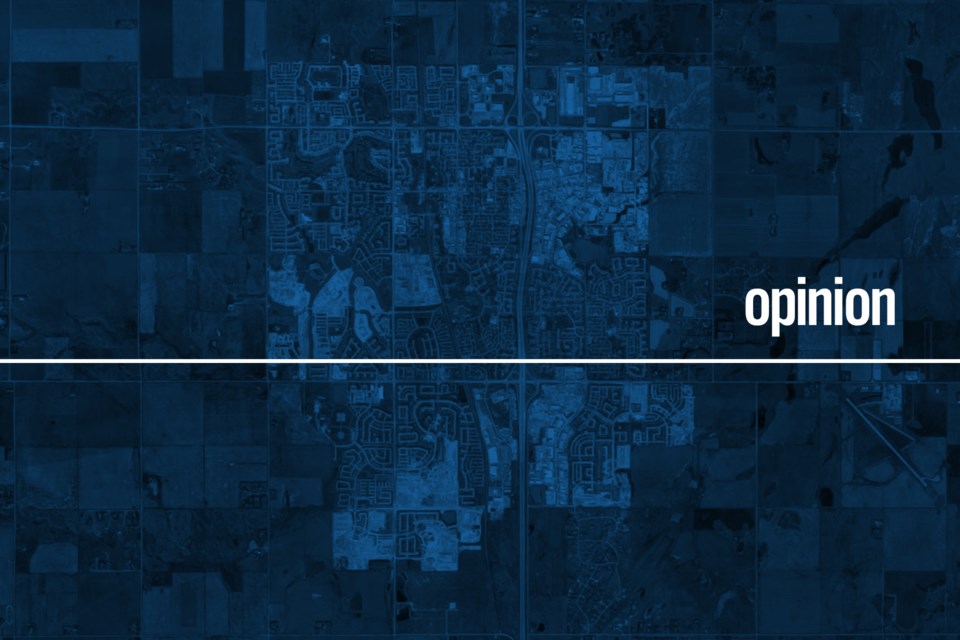With summer in full bloom, it is important to train your eye to see all the native prairie species of plants and animals all around us – not only in the countryside, but also right in our own backyards.
I grew up on a farm in the Bench Hills of southwest Saskatchewan, and the names of things were taught to me at a young age. But in our increasingly urbanized region, I suspect there are many people who do not know these names.
I learned the names as I travelled around the countryside with my father and grandfather as a kid. We would go and walk the hills, and they would point the various flora and fauna out to me as we went.
There are still farmers and ranchers living in the region who know these names, but they are now greatly outnumbered by those living nearby who don’t.
Thankfully, we live in a great information age, the likes of which the world has never seen. At the tip of your finger, there are apps and websites which can tell you the names of almost anything you can think of or come across.
But telling and showing are two different things. It is all well and good to be able to identify the eight different native species of corvid living in Alberta, but if you can’t pick them out in the wild, the knowledge loses much of its significance and meaning.
Once you understand the names of things, then you can start to recognize what makes them important to the ecosystem and what they eat within it, showing the fundamental interdependence of the web of life that surrounds us.
You can then start asking the big questions, or try your hand at guessing the answer to some of the mysteries. For example: why are pronghorns, (which are not really antelopes), so fast when they have no native predators that come close in speed? Hint: The answer likely lies in the past and not the present.
What makes bison, (again not really buffalo), atypical foragers compared to imported cattle varieties?
Why do butcherbirds impale their prey on barbed wire fences before eating them?
How do native bees, which are solitary, produce and store honey compared to non-native honeybees who live in hives?
Why do wild roses or prickly pear cactii only blossom in specific years, and not every year?
These questions naturally come to mind once you come to know the names of things, and begin to express a curiosity about them. This curiosity itself eventually leads you to a fuller understanding of all the varieties of native flora and fauna found all around us, and, ultimately, to an understanding of our interconnectedness within them.



